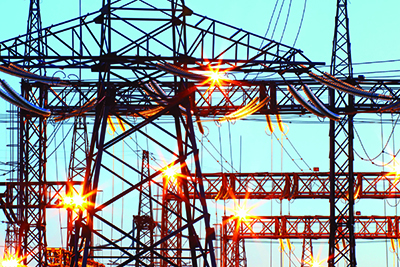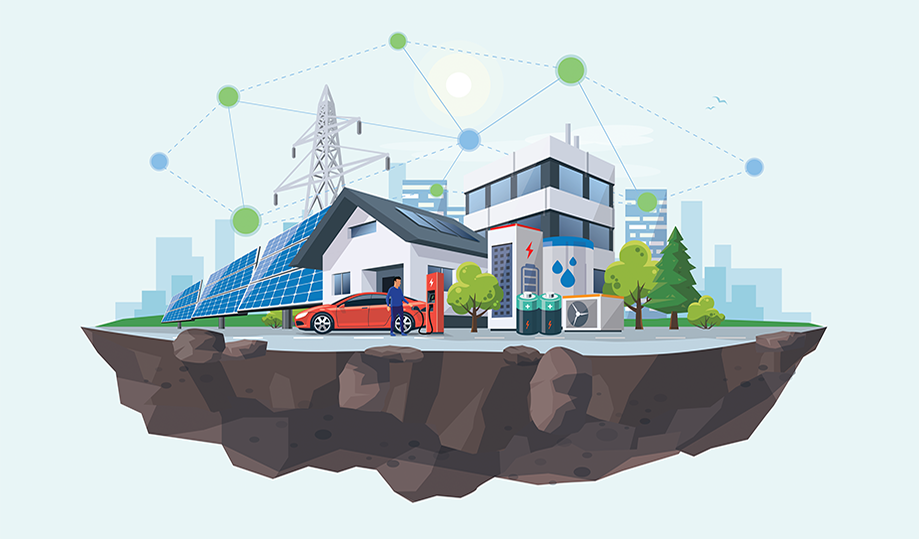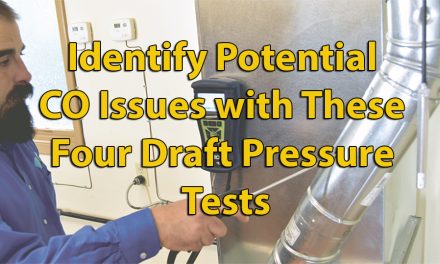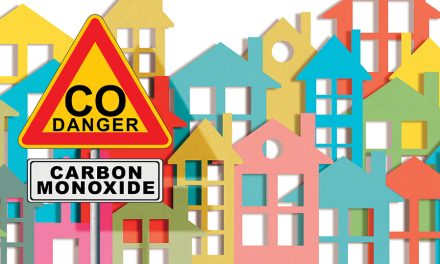Are Heat Pumps Really as Efficient as They Claim To Be On Paper?
They can be if done right. Heat pumps are more sensitive to poor design, installation, and maintenance than furnaces. They require more airflow per Btu than furnaces. So pay careful attention to equipment and duct sizing when replacing an existing furnace. Heat pumps also need the proper refrigerant charge to operate at their design capacity and efficiency.
To ensure customers are comfortable and get what they think they pay for, simple like-for-like box swaps won’t get the job done. Carefully consider the sizing and condition of the existing duct system along with the home’s heating and cooling loads. Then determine if upgrades are necessary or if there is an opportunity to downsize and use the existing ducts.
Are Heat Pumps as Reliable as Furnaces?
Heat pumps have more moving parts and more complex controls than furnaces, so naturally, more can go wrong with them.
The result is they don’t last as long on average. Proper routine maintenance is necessary to keep heat pumps working efficiently for as long as possible. It’s essential to make sure your customers understand this and offer a service plan with every heat pump you install.
Can Heat Pumps Keep Customers Comfortable in Areas with Cold Winters?

Heat pump technology has come a long way in recent years. In the past, most heat pumps couldn’t heat a home when outside air temperatures dropped below freezing. This is when gas or electric strip heaters are required for backup.
Equipment design improvements have lowered the minimum operating temperature for most heat pumps. Some are designed especially for cold climates and can operate with high capacity and efficiency even in subzero temperatures.
Keep this in mind as you select equipment and look for units that provide the best match for the climate in your area.
It’s always best to eliminate the need for supplemental electric strip heat. Why? Because it is expensive to operate and requires more electrical panel capacity that may be in short supply in an electrification job.
A good resource to find equipment that performs well in cold weather is the Northeast Energy Efficiency Partnerships (NEEP) Cold Climate Air Source Heat Pump List (ncilink.com/NEEP).
What Happens to Customers In a Power Outage?
In cold climates, heating can be the difference between life and death for your customers. Losing heat can also lead to broken pipes and catastrophic damage to a home; it’s essential to consider how your customers will heat their home if they live in an area that regularly, or even occasionally, sees winter temperatures below freezing. How they heat their homes is especially important if the area is prone to power outages.
You can power furnaces with small portable generators. Dual fuel systems with a furnace that can be manually or automatically turned on in an emergency can make a lot of sense. A wood stove or a gas fireplace that doesn’t require any electricity to operate might be an even better solution.
Unfortunately, many utility programs that incentivize heat pumps require eliminating gas furnaces and fireplaces. Some programs may even require eliminating the gas service. If this is the case for any of your projects, consider recommending a whole-home generator to power the heat pump in an outage situation.
Be sure to work with the electrician installing the generator to ensure it is properly sized. This is not just for the heat pump operating wattage and the rest of the home. It is necessary for the higher current when the heat pump first starts up.
Click Below for the Next Page:













Ben,
Thanks for a great article on a complex topic. You covered the subject from many angles allowing for more than one view. Keep this kind of article coming.
Wouldn’t it be great if we had a very accurate, repeatable way to describe a home’s heat loss in BTUs at Design Temperature? That would guarantee happy homeowners and a ton of referral business.
Wake up. Most electrical grids are almost maxed out, and you want to add more load.
Frank, I wholeheartedly share your concerns! However, billions of dollars are about to be poured into electrification over the coming years nationwide, and it’s already starting in many places like California, New York, and Maine. This virtually guarantees that heat pumps will gain market share. I sincerely hope policy makers recognize the grid stability issues and allow folks to keep a backup heat source in place. Regardless of whether incentives allow for backups to remain in place, good contractors should put customers first and make sure they’ll be warm and safe in case the grid can’t keep up.
New furnace technology will outpace the push to all-electric. We still need gas to make electricity. And we will not be able to put up enough windmills to produce enough consistent energy to heat all the homes and businesses in our country.
When you remove competition you have a monopoly. We will pay the price for this swing in energy production. That price will be a singular entity that will control our lives. I will be gone by then but I worry for the children who will be the slaves to this monopoly.
Thanks for your comment John. I agree that natural gas is a key source for electricity production. Ironically it’s played a huge role in tipping the balance for greenhouse gas emissions in favor of electricity for space heating by making it possible to balance intermittent renewables and reducing overall grid carbon intensity relative to coal and oil.
I think natural gas is here to stay, but it’s quite possible we’ll see its use shift to more electricity production and less end-use cases. Grid reliability is a huge concern for electricity, especially as more homes and businesses use it for critical tasks like heating. Gas will be key in enhancing reliability as more renewables are added.
As for new furnace technology, I think they’ve about reached their physical limits as far as efficiency goes. That said, I do think furnaces will get smarter and will be instrumental in providing heat in emergencies as we wait for the grid to hopefully become more reliable.
Lastly, it’s important to point out that most utilities already are monopolies, but they’re regulated to prevent them from ripping us all off. Most folks don’t have a choice where they get their electricity or gas from, and many don’t even have the choice of heating with gas. Unfortunately this is an area where we have to count on regulators to do their jobs, and that job will be even more important if this electrification thing really takes hold.
Big ideas aside, I do see funds flowing to push electrification and money talks. People are going to ask for heat pumps where they wouldn’t have previously. Our job as HVAC contractors is to help them get the most out of the system they choose.